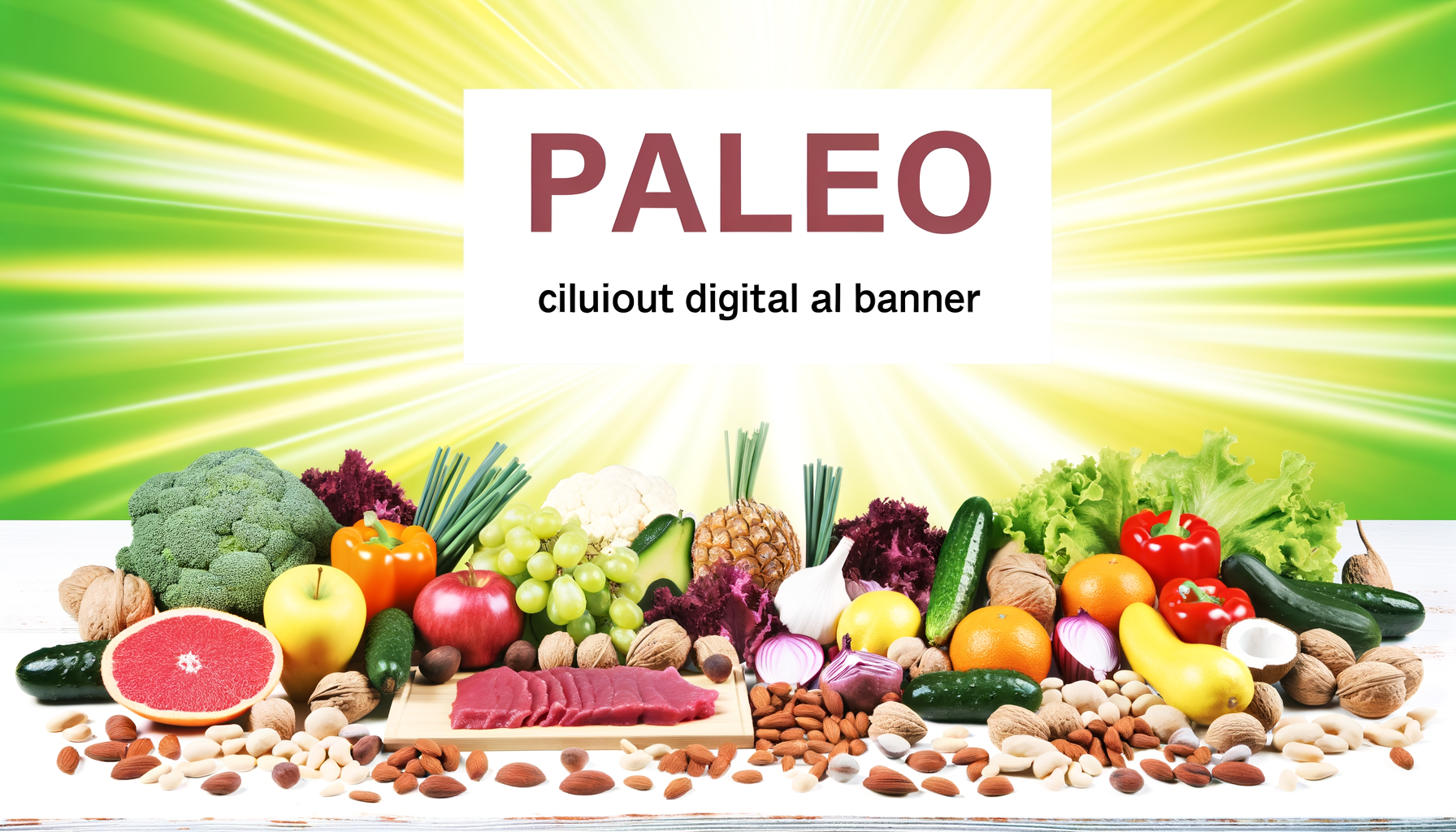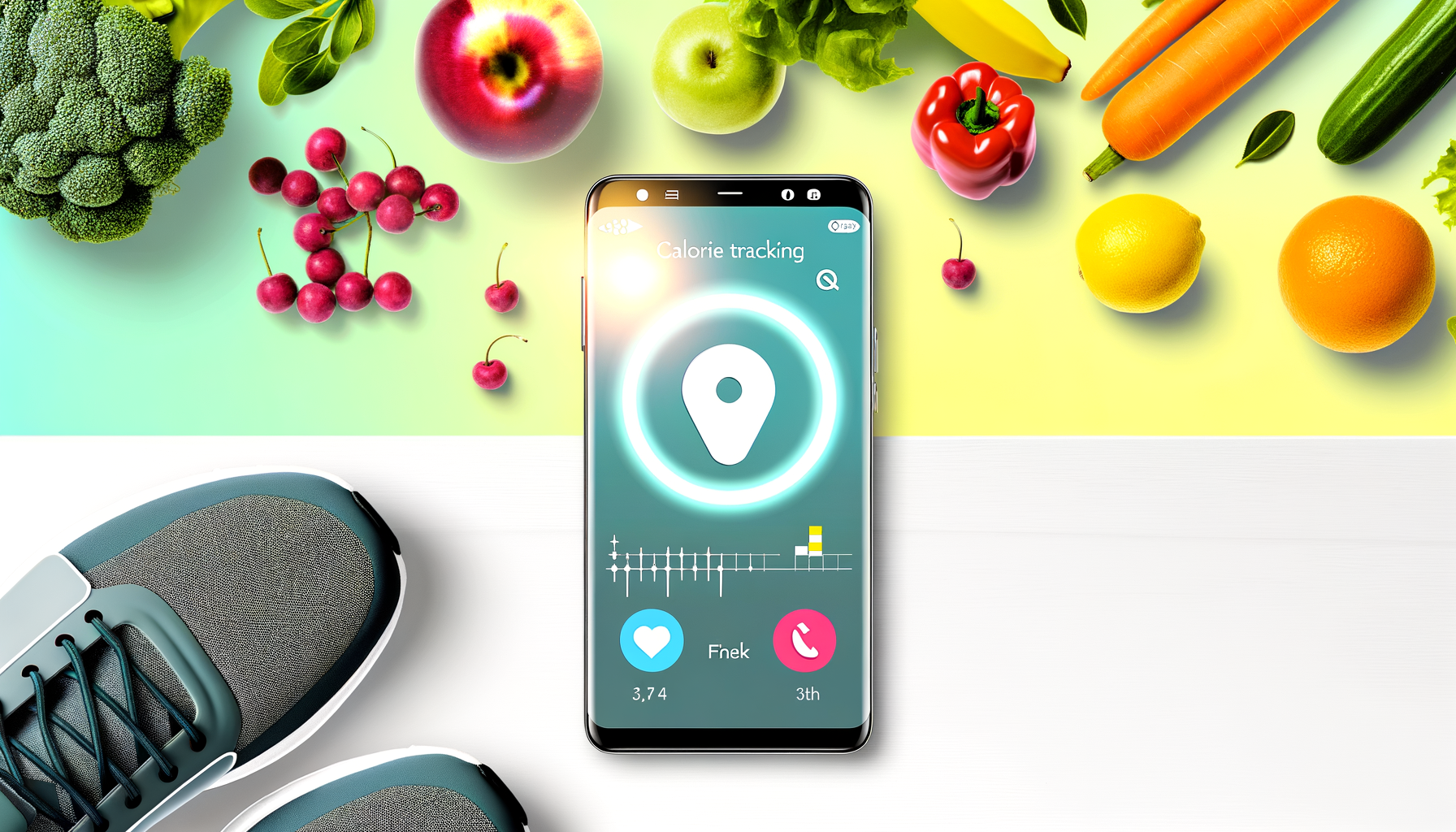Turn Data into Dollars: Monetizing Your Calorie Calculator
Transforming data into revenue is a crucial step for any business, particularly in the health and fitness industry. With the increasing demand for health and wellness solutions, tools like calorie calculators have become essential for attracting visitors and generating leads. In this post, we'll explore how to monetize your calorie calculator effectively, focusing on key strategies that can turn your data into dollars.
Unlocking Revenue Potential in Calorie Calculators
Calorie calculators are not just tools; they are gateways to a vast market seeking health and wellness solutions. To capitalize on this, it's essential to understand your audience and offer solutions that meet their needs. By integrating a calorie calculator like the WP Calorie Calculator into your website, you can attract a steady stream of interested visitors looking to manage their diets and fitness goals.
Understanding Your Target Audience
Before diving into monetization strategies, it's crucial to understand who your audience is. Are they fitness enthusiasts, individuals trying to lose weight, or perhaps athletes seeking to optimize their performance? Knowing your audience helps tailor your monetization approach to their needs, increasing the likelihood of success.
Key Monetization Strategies
There are several effective monetization strategies for calorie calculators, each with its strengths and potential drawbacks:
- In-App Advertising: This method involves displaying ads within your calorie calculator. You can use banner ads, video ads, or native ads. However, it's important to balance ad placement to avoid user frustration. Popular apps like MyFitnessPal and Fooducate leverage in-app ads effectively as discussed in Emizentech's blog.
- Subscription Model: Charging users a recurring fee for premium features can generate steady revenue. Premium features might include customized meal plans, AI-driven insights, or high-end content. Apps like Lifesum and HealthifyMe have seen success with this model as outlined by NimbleAppGenie.
- Freemium Model: Offering basic features for free while charging for advanced features is another effective approach. Ensure that your premium features offer substantial value to justify the cost. Fooducate and ShopWell are examples of apps that use this model successfully as noted by NimbleAppGenie.
- In-App Purchases: This model allows users to buy specific features or services without committing to a subscription. It can include personalized diet plans or one-on-one consultations with nutritionists. MyFitnessPal and MyPlate Calories Tracker have implemented this strategy effectively as detailed by Emizentech.
Case Study: Cal AI
Cal AI is a notable example of a successful calorie tracking app. It has gained significant traction, generating over $800,000 annually. A key strategy behind its success is its viral marketing approach, using social media to drive downloads as discussed in a YouTube teardown by AppMasters. This case highlights the importance of effective marketing alongside strong monetization models.
Strategies for Fitness Businesses
For fitness businesses, integrating a calorie calculator is just the beginning. Here are some strategies to enhance revenue generation:
Integration with Existing Platforms
Integrating your calorie calculator with existing fitness platforms can enhance user engagement. For instance, apps like fatsecret integrate with Apple Health and Fitbit, offering users a seamless experience across devices and services as detailed on the App Store.
Offering Premium Features
Premium features can significantly increase revenue. Consider offering customized meal plans, advanced analytics, or access to expert advice through subscriptions. For example, fatsecret provides premium subscribers with personalized meal plans and advanced meal planning tools as shown on their App Store listing.
Building a Community
Building a community around your calorie calculator can foster engagement and loyalty among users. Apps like fatsecret offer community support and social features that encourage users to share their progress and interact with others as highlighted on Google Play.
Implementing Your Monetization Strategy
Implementing a successful monetization strategy requires careful planning and execution. Here are some steps to help you get started:
1. Develop a High-Quality Calorie Calculator
Ensure your calculator is accurate, user-friendly, and offers valuable insights. The WP Calorie Calculator Plans provide flexible options for integrating a reliable calorie calculator into your website.
2. Choose Your Monetization Model
Select a monetization model that aligns with your business goals and target audience. Consider starting with a freemium or subscription model and adjust based on feedback.
3. Market Your Product
Effective marketing is crucial for attracting users. Utilize social media platforms like Twitter or Instagram to create engaging content that drives downloads and engagement.
4. Continuously Evaluate and Improve
Monitor user feedback and analytics to refine your product and monetization strategy. Use tools like Google Analytics to track engagement and adjust your approach accordingly.
Conclusion and Next Steps
Monetizing a calorie calculator requires a strategic approach that balances user value with revenue generation. By understanding your audience, choosing the right monetization models, and continuously improving your product, you can turn your data into dollars in the health and fitness industry. Consider integrating a reliable calorie calculator like the WP Calorie Calculator into your website and start driving revenue today.











